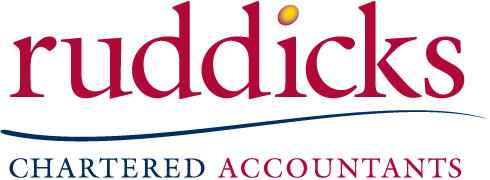Changes to Medicare levy and private health insurance rebate
| Unaffected | New law - Tier 1 | New law - Tier 2 | New law - Tier 3 | |
| Singles | $84,000 or less | $84,001-97,000 | $97,001-130,000 | $130,001 or more |
| Families | $168,000 or less | $168,001-194,000 | $194,001-260,000 | $260,001 or more |
| Private health insurance rebate | ||||
| Aged under 65 | 30% | 20% | 10% | 0% |
| Aged 65-69 | 35% | 25% | 15% | 0% |
| Aged 70 or over | 40% | 30% | 20% | 0% |
| Medicare levy surcharge | ||||
| Rates | 0.0% | 1.0% | 1.25% | 1.5% |
These thresholds are indexed annually by changes in Average Weekly Ordinary Time Earnings. For families with more than one child, the family thresholds increase by $1,500 for every child after the first. If you have one dependent child, the thresholds above are unaffected. The thresholds for families also apply to couples with no dependent children.
There are three ways to claim your private health insurance rebate: directly through your insurer, as a payment through Medicare Australia or as a tax offset in your tax return. If you claim your rebate either through your insurer or through Medicare, you will need to estimate your income for MLS purposes and nominate the appropriate tier.
How can I calculate or estimate my income?
Your income for MLS purposes includes:
- Your taxable income
- PLUS exempt foreign employment income
- PLUS reportable fringe benefits amount, as reported on the payment summary
- PLUS total net investment loss (includes both net financial investment loss and net rental property loss)
- PLUS reportable superannuation contributions (includes both reportable employer super contributions and deductible super contributions)
- LESS - if you are aged 55-59 years old, any taxed element of a super lump sum (other than a death benefit)
What happens if I nominate an incorrect tier?
If you nominate an income tier that results in a lower rebate, then you will receive a rebate ‘refund’ through your tax return for that year. If you nominate an income tier that results in a higher rebate, then you will incur a rebate liability through your tax return that year. This will be recoverable as a normal tax liability. There are no penalties for estimating incorrectly.
What happens if I do not make a nomination?
If your or your family’s income is expected to be within Tiers 1, 2 or 3 and you currently receive the rebate as a premium reduction through your insurer, you should contact your insurer to make sure you receive the correct rebate. This will assist you in avoiding a tax liability at the end of the year. You do not need to make a nomination if you (or your family’s) income is expected to be lower than the threshold (i.e. lower than $84,000 for singles and $168,000 for families). If you do not make a nomination and you currently receive the rebate as a premium reduction you will continue to receive your current rebate.
KEY POINTS
- If you earn more than $84,000 for singles or $168,000 for families, you will pay more for your private health insurance from 1 July 2012.
- The penalty for not having private health insurance hospital cover for those earning $97,000 for singles and $194,000 for families will increase from 1 July 2012. We therefore encourage those who will fall into these categories to consider taking out at least the minimum qualifying private insurance hospital cover in order to avoid having to pay the MLS. Please note that MLS is in addition to the standard Medicare Levy.
- Consider claiming your rebates through your income tax return rather than directly through your health insurance fund to minimise the risk of having a tax debt arising from an incorrect income tier nomination.
More information is available at http://www.health.gov.au/.

